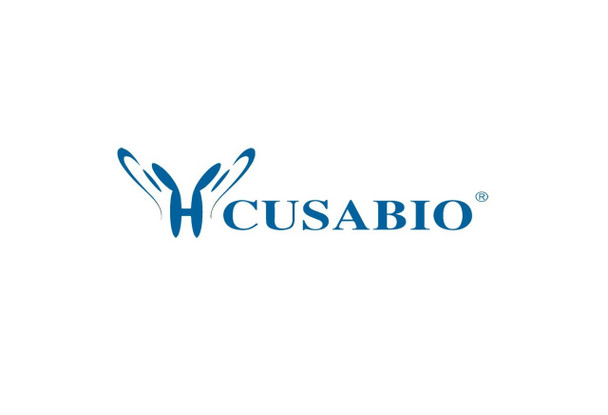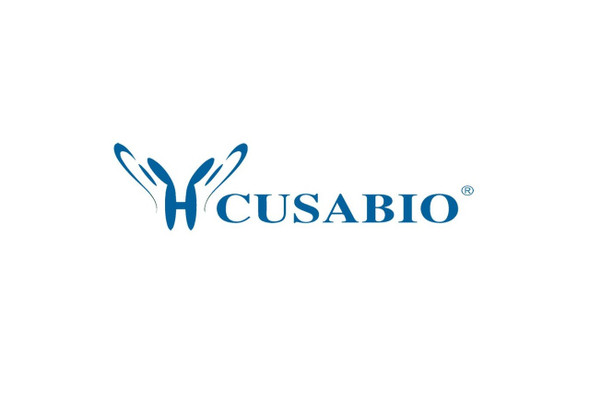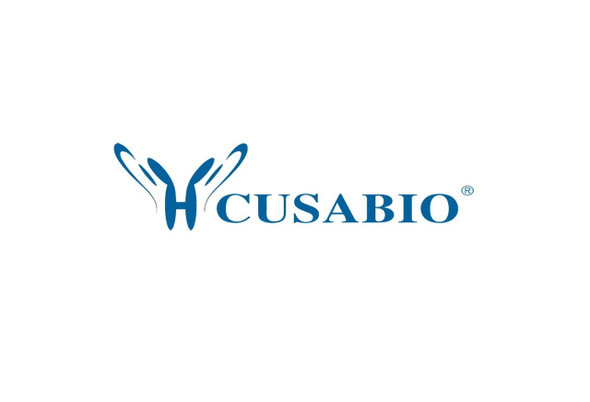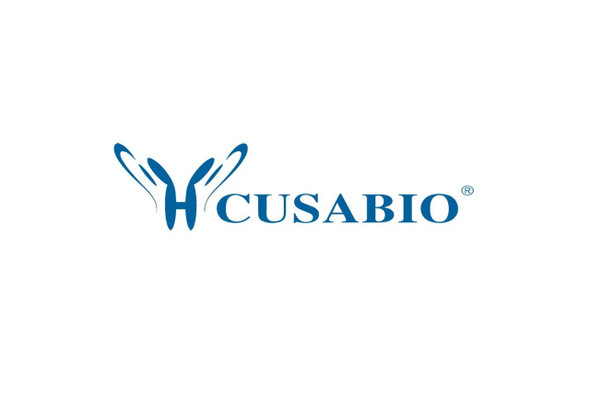Cusabio Human Recombinants
Recombinant Human Cell death activator CIDE-3 (CIDEC) | CSB-EP842636HU
- SKU:
- CSB-EP842636HU
- Availability:
- 13 - 23 Working Days
Description
Recombinant Human Cell death activator CIDE-3 (CIDEC) | CSB-EP842636HU | Cusabio
Alternative Name(s): Cell death-inducing DFFA-like effector protein C Fat-specific protein FSP27 homolog
Gene Names: CIDEC
Research Areas: Cell Biology
Organism: Homo sapiens (Human)
AA Sequence: MEYAMKSLSLLYPKSLSRHVSVRTSVVTQQLLSEPSPKAPRARPCRVSTADRSVRKGIMAYSLEDLLLKVRDTLMLADKPFFLVLEEDGTTVETEEYFQALAGDTVFMVLQKGQKWQPPSEQGTRHPLSLSHKPAKKIDVARVTFDLYKLNPQDFIGCLNVKATFYDTYSLSYDLHCCGAKRIMKEAFRWALFSMQATGHVLLGTSCYLQQLLDATEEGQPPKGKASSLIPTCLKILQ
Source: E.coli
Tag Info: N-terminal GST-tagged
Expression Region: 1-238aa
Sequence Info: Full Length
MW: 53.8 kDa
Purity: Greater than 90% as determined by SDS-PAGE.
Relevance: Binds to lipid droplets and regulates their enlargement, thereby restricting lipolysis and favoring storage. At focal contact sites between lipid droplets, promotes directional net neutral lipid transfer from the smaller to larger lipid droplets. The transfer direction may be driven by the internal pressure difference between the contacting lipid droplet pair. Its role in neutral lipid transfer and lipid droplet enlargement is activated by the interaction with PLIN1. May act as a CEBPB coactivator in the white adipose tissue to control the expression of a subset of CEBPB downstream target genes, including SOCS1, SOCS3, TGFB1, TGFBR1, ID2 and XDH. When overexpressed in preadipocytes, induces apoptosis or increases cell susceptibility to apoptosis induced by serum deprivation or TGFB treatment. As mature adipocytes, that express high CIDEC levels, are quite resistant to apoptotic stimuli, the physiological significance of its role in apoptosis is unclear. May play a role in the modulation of the response to osmotic stress by preventing NFAT5 to translocate into the nucleus and activate its target genes expression.
Reference: "Molecular cloning and characterization of CIDE-3, a novel member of the cell-death-inducing DNA-fragmentation-factor (DFF45)-like effector family." Liang L., Zhao M., Xu Z., Yokoyama K.K., Li T. Biochem. J. 370:195-203(2003)
Storage: The shelf life is related to many factors, storage state, buffer ingredients, storage temperature and the stability of the protein itself. Generally, the shelf life of liquid form is 6 months at -20?/-80?. The shelf life of lyophilized form is 12 months at -20?/-80?.
Notes: Repeated freezing and thawing is not recommended. Store working aliquots at 4? for up to one week.
Function: Binds to lipid droplets and regulates their enlargement, thereby restricting lipolysis and favoring storage. At focal contact sites between lipid droplets, promotes directional net neutral lipid transfer from the smaller to larger lipid droplets. The transfer direction may be driven by the internal pressure difference between the contacting lipid droplet pair. Its role in neutral lipid transfer and lipid droplet enlargement is activated by the interaction with PLIN1. May act as a CEBPB coactivator in the white adipose tissue to control the expression of a subset of CEBPB downstream target genes, including SOCS1, SOCS3, TGFB1, TGFBR1, ID2 and XDH. When overexpressed in preadipocytes, induces apoptosis or increases cell susceptibility to apoptosis induced by serum deprivation or TGFB treatment. As mature adipocytes, that express high CIDEC levels, are quite resistant to apoptotic stimuli, the physiological significance of its role in apoptosis is unclear. May play a role in the modulation of the response to osmotic stress by preventing NFAT5 to translocate into the nucleus and activate its target genes expression.
Involvement in disease: Lipodystrophy, familial partial, 5 (FPLD5)
Subcellular Location: Nucleus, Endoplasmic reticulum, Lipid droplet
Protein Families:
Tissue Specificity: Expressed mainly in adipose tissue, small intestine, heart, colon and stomach and, at lower levels, in brain, kidney and liver.
Paythway:
Form: Liquid or Lyophilized powder
Buffer: If the delivery form is liquid, the default storage buffer is Tris/PBS-based buffer, 5%-50% glycerol. If the delivery form is lyophilized powder, the buffer before lyophilization is Tris/PBS-based buffer, 6% Trehalose, pH 8.0.
Reconstitution: We recommend that this vial be briefly centrifuged prior to opening to bring the contents to the bottom. Please reconstitute protein in deionized sterile water to a concentration of 0.1-1.0 mg/mL.We recommend to add 5-50% of glycerol (final concentration) and aliquot for long-term storage at -20?/-80?. Our default final concentration of glycerol is 50%. Customers could use it as reference.
Uniprot ID: Q96AQ7
HGNC Database Link: HGNC
UniGene Database Link: UniGene
KEGG Database Link: KEGG
STRING Database Link: STRING
OMIM Database Link: OMIM









